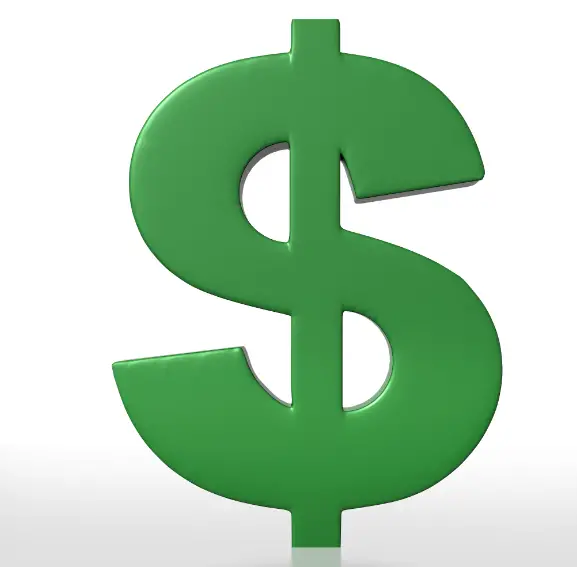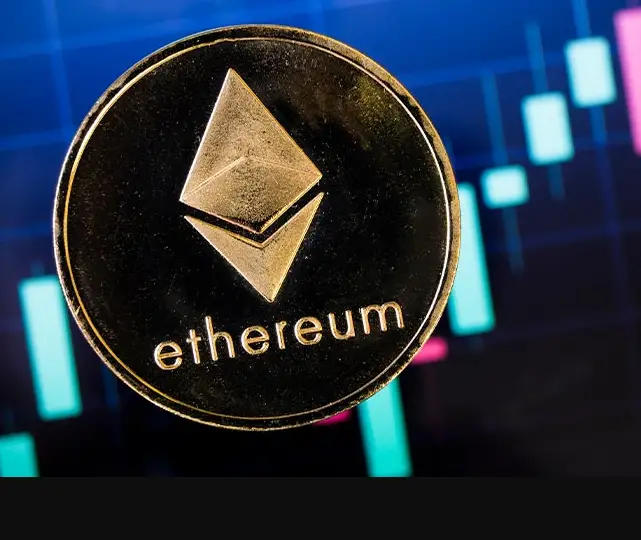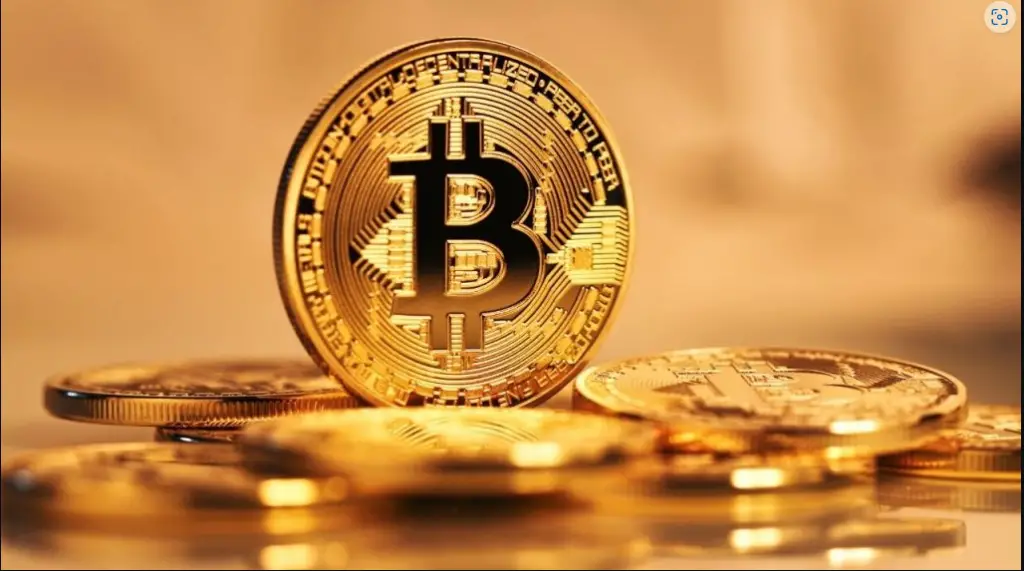What the Dollar Milkshake Theory Means for Crypto Best way to Explain
The Dollar Milkshake Theory is a framework for a sovereign debt crisis. It explains why the U.S. dollar will strengthen against other fiat currencies and predicts that the U.S. dollar will “suck liquidity” out of other fiat currencies, like from a proverbial milkshake. Let try to dive in more for better understanding of all investors, but always remember to do your own research.

What Is the Dollar Milkshake Theory?
The Dollar Milkshake Theory is a framework for a sovereign debt crisis. It explains why the U.S. dollar will strengthen against other fiat currencies and predicts that the U.S. dollar will “suck liquidity” out of other fiat currencies, like from a proverbial milkshake.
How does the Dollar Milkshake Theory work?
Let’s explain it with two imaginary countries: Bankruptia and Thriftistan.
Bankruptia is a profligate country that likes to live above its means and raise a lot of debt. It also has a history of defaulting on its debt. Therefore, Bankruptia has a weak currency that investors do not trust.
Thriftistan is the opposite in many ways. It has a high savings rate and although it also raises a lot of debt, it always pays back on time. Thriftistan has a good reputation among investors and a strong currency.
Both have one thing in common: they have built up high debt burdens over the last decades. But while Thriftistan can borrow in its own strong currency, Bankruptia often has to rely on borrowing in dollars due to its poor “credit score.”
One day, the U.S. starts raising interest rates. This increases Bankruptia’s cost of borrowing money — it has to pay more interest on debt denominated in USD. But Thriftistan feels the impact too: investors that would normally buy its debt now have a more attractive alternative — they can buy US sovereign debt (the “safest” debt).
Eventually, Bankruptia follows its historical track record and collapses under the weight of debt payments and defaults. Thriftistan doesn’t, but investors rush out of its currency to invest in U.S. debt, weakening its currency in the process.
This is a rough example of how the Dollar Milkshake Theory explains and predicts the weakening of fiat currencies against the dollar. Both Bankruptia (similar to Argentina) and Thriftistan (similar to Japan) feel the impact, even though their circumstances are different. As a rule of thumb: the worse a currency’s credit record and the higher a country’s reliance on USD, the more likely its currency is to depreciate.
Theory Could Mean for Bitcoin and Ethereum
While cryptocurrencies, specifically Ethereum and ERC-20 tokens like stablecoins, aim to improve the existing financial rails, Bitcoin and its community have declared a metaphorical war on the legacy financial system. This could mean that the Dollar Milkshake Theory Impacts Bitcoin and other cryptocurrencies differently.
Ethereum
For Ethereum, a sovereign debt crisis would be bad since it would most likely cause liquidity to rush out of risk assets. You could argue that liquidity would rush into the U.S. dollar, and thus stablecoins would benefit from it too — and you may be right. However, without further use for these stablecoins, they would just serve as a store of value.
Therefore, Ethereum itself would not benefit much from it as long as there is little further real-world use for stablecoins. Since you need ETH to transact ERC-20 tokens, more demand for stablecoins as a medium of exchange increases the demand for ETH to pay for gas — and increases its price. But as long as stablecoins are only a store of value that is preferred over an emerging market currency, ETH benefits only marginally. Ironically, this is the same store of value vs. medium of exchange conundrum that Bitcoin faces.
The best case for Ethereum would be increasing the adoption of cryptocurrencies, specifically USD-denominated stablecoins, as a medium of exchange in the real world. This will likely require cooperation with governments and large corporations — something the crypto community is allergic to. However, with a sort of “government approval” of the technology, cryptocurrencies will probably suffer from any type of economic crisis.

Bitcoin
Bitcoin is still a risk asset, no matter how much the community wants the opposite to be true. Thus, a sovereign debt crisis would probably be equally bad for its valuation. Even a short-term rush into BTC would probably only be a bridge for liquidity to flow into dollars. Although Bitcoin’s digital scarcity is real, the market feedback has been clear: when the economy enters crisis mode, the BTC price falls.
This hypothesis has a simple invalidation: if BTC appreciates against non-USD currencies during a sovereign debt crisis, this would be a sign that Bitcoin is becoming the “hard money” it aspires to be. Since Bitcoin plans to replace or at least rival the USD in the long term as currency and store of value, the emergence and adoption of a Vitcoin-based parallel economy is a prerequisite for its success.
